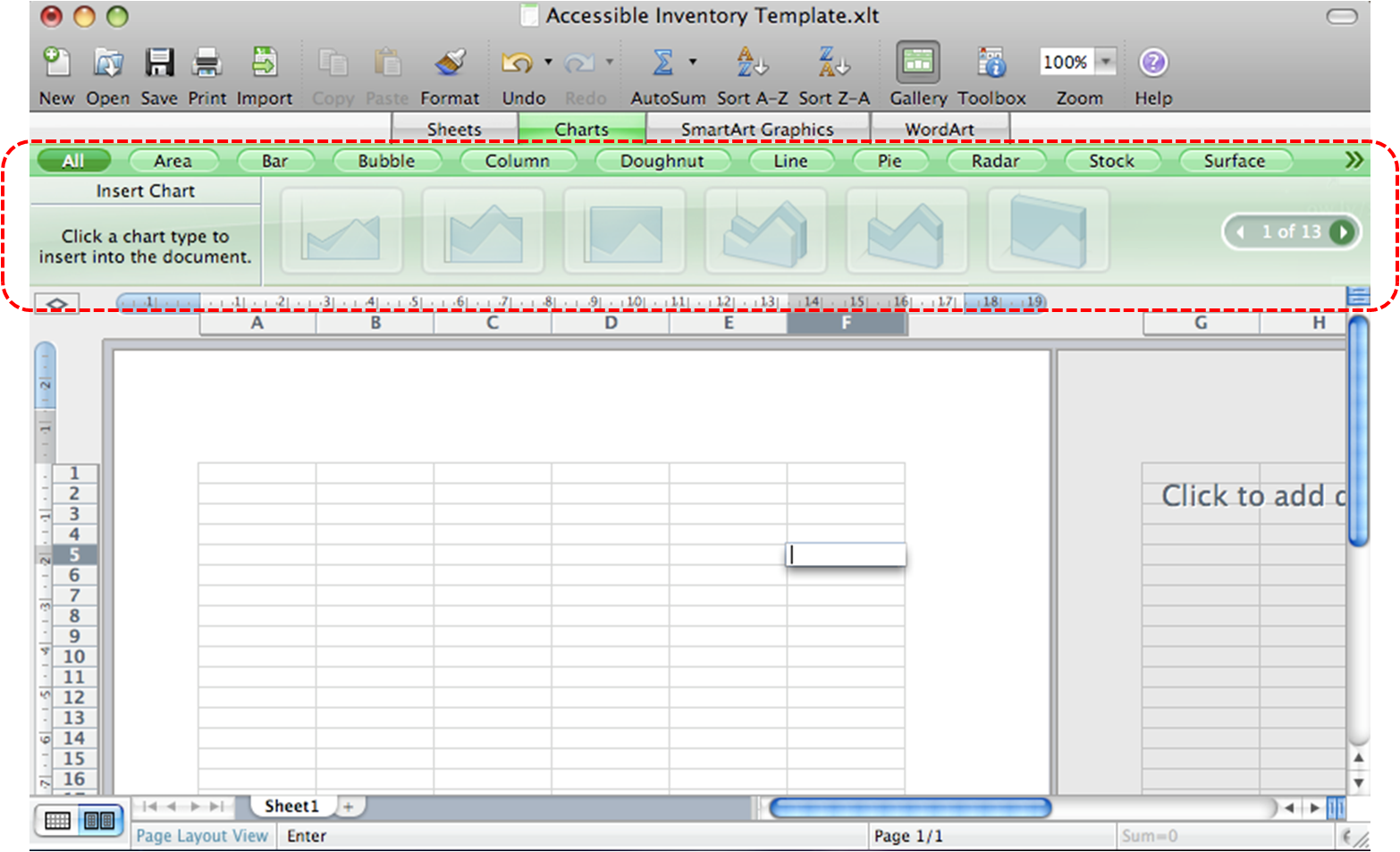


Open an Excel workbook and Go to Developer –> Add-ins –> Excel Add-ins.You can use the default one or change it if you want. You’ll notice that the path of the file where it gets saved automatically changes.In this example, the file is saved with the name Highlight Errors. The name you assign to the file would be the name of your add-in. In the Save As dialogue box, change the ‘Save as’ type to.Save and Install the Add-inįollow the below steps when you are in the workbook where you have inserted the code. Now let’s go ahead and create an add-in out of this code. Note: If you are recording a macro, Excel automatically takes care of inserting a module and putting the code in it. Press Alt+F11 to go back to the Excel Worksheet.Double-click on the module and enter the above code (copy-paste it).Go to Insert option and click on ‘Module’. Right-click on any of the objects in the workbook.

If you can’t see that, go to View –> Project Explorer. In the VB Editor, you would see the workbook objects listed in the project explorer.Press Alt + F11 to open the VB Editor Window.If you are writing code (or copy-pasting it from somewhere), here are steps: In this example, we will use a simple code to highlight all the cells that have error values: Sub HighlightErrors() Selection.SpecialCells(xlCellTypeFormulas, xlErrors).Select = vbRed End Sub Add the macro to the Quick Access Toolbar.There are three steps to create an add-in and make it available in the QAT.
#Excel add ins for mac 2008 how to
In this tutorial, you’ll learn how to create an Excel add-in.


 0 kommentar(er)
0 kommentar(er)
